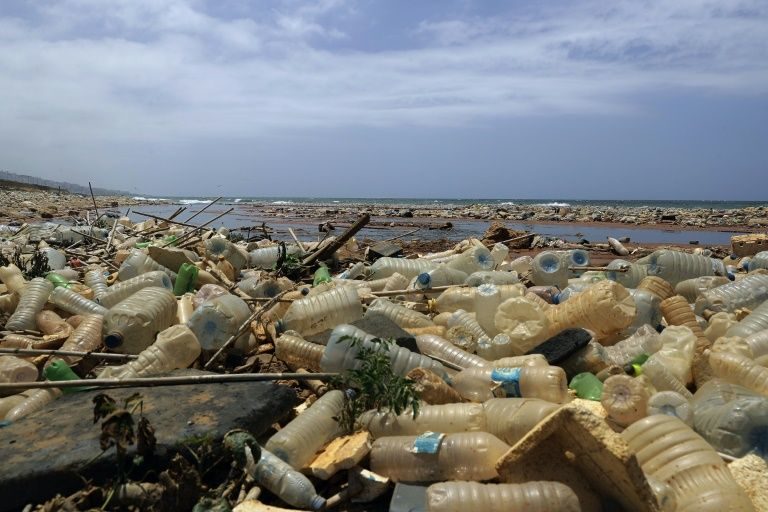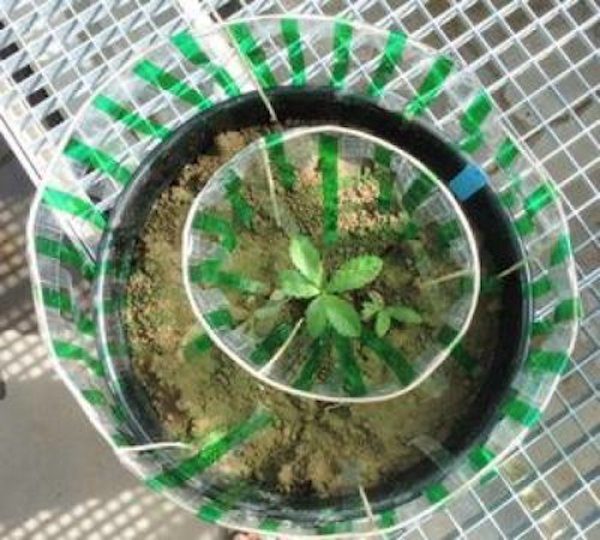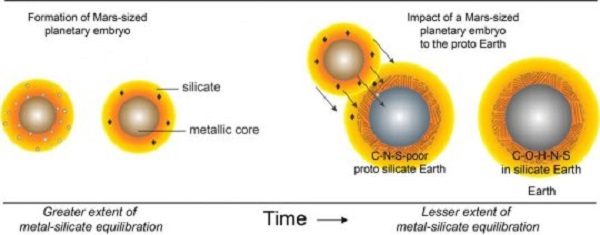OF THE
TIMES


Plants detect a class of odor molecules known as volatile organic compounds, which are essential for many plant survival strategies, including attracting birds and bees, deterring pests, and reacting to disease in nearby plants. These compounds also give essential oils their distinctive scents.One wonders whether plants could be used to detect CO or other toxic gases and send signals accordingly. But would they be fast enough?
Touhara's team exposed tobacco cells and 4-week-old tobacco plants to different volatile organic compounds. They discovered that odor molecules change gene expression by binding to other molecules called transcriptional co-repressors that can turn genes on or off.
In plants, the odor molecules must move into the cell and accumulate before they affect plant behavior. In animals, odor molecules are recognized by receptors on the outside of cells in the nose and immediately trigger a signaling pathway to recognize the odor and change behavior.
"Plants can't run away, so of course they react to odors more slowly than animals. If plants can prepare for environmental change within the same day, that is probably fast enough for them," said Touhara.
Speed is unnecessary for plants, but they may be able to recognize a much greater variety of odor molecules.
"Humans have about 400 odor receptors. Elephants have about 2,000, the largest number in animals. But based on how many transcription factor genes are in plants, plants may be able to detect many more odors than animals," said Touhara.

Comment: The underestimated threat of land-based microplastic pollution